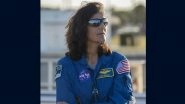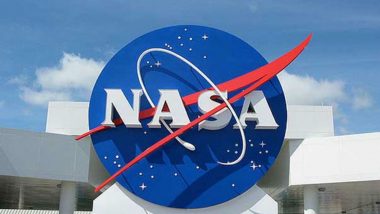Washington D.C, February 26: A new research now finds that a NASA telescope will give humans the largest, deepest, clearest picture of the universe since the Hubble Space Telescope could find as many as 1,400 new planets outside Earth's solar system.
The new telescope paves the way for a more accurate, more focused search for extraterrestrial life, according to researchers. The study, by a team of astronomers at The Ohio State University, provides the most detailed estimates to date of the potential reach of the Wide Field Infrared Survey Telescope mission (nicknamed WFIRST.) NASA Spacecraft Beams Back First Images of Ultima Thule.
It was designed by NASA and astronomers throughout the country to find new planets and research dark energy, the mysterious force that pervades otherwise empty space and that could hold the keys to understanding how the universe expands.
Their work was published Feb. 25 in the Astrophysical Journal Supplement Series. Lead author of the study Matthew Penny said, “We want to know what kind of planetary systems there are," adding, "To do that, you need to not just look where the obvious, easy things are. You need to look at everything
."The planets WFIRST is likely to find will be further from their stars than most planets found to date, Penny said. The mission will build on the work of Kepler, a deep-space telescope that found more than 2,600 planets outside our solar system. The Kepler mission ended Oct. 30, 2018.
"Kepler began the search by looking for planets that orbit their stars closer than the Earth is to our Sun," Penny said. "WFIRST will complete it by finding planets with larger orbits."WFIRST will use gravitational microlensing in its search for new planets. Gravitational microlensing is a technique that relies on the gravity of stars and planets to bend and magnify the light coming from stars that pass behind them from the telescope's viewpoint.
Penny's study predicted that about 100 of those not-yet-discovered planets could have the same or lower mass as Earth. The new telescope will be able to map the Milky Way and other galaxies 100 times faster than the famous Hubble Space Telescope, which was launched in 1990."WFIRST will allow us to find types of planets that we haven't seen before now," Penny said. "From WFIRST's microlensing survey, we will learn how frequently different types of planets are formed, and how unique our solar system is," Penny added.
The mission is still in the planning stages; NASA announced plans to move forward with WFIRST in February of 2016, and began its initial planning in May of 2018.













 Quickly
Quickly


